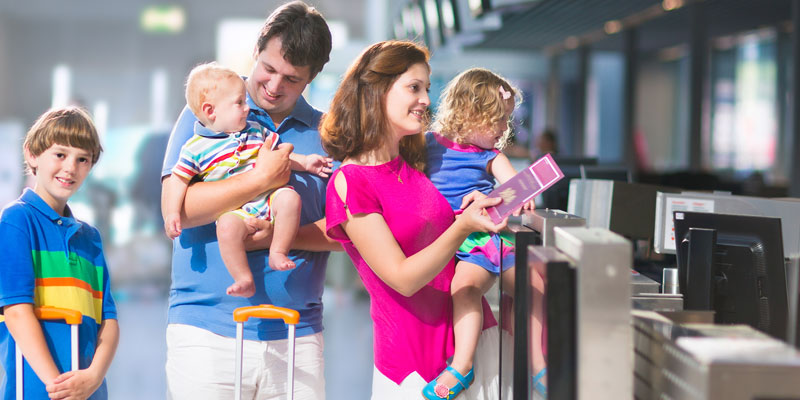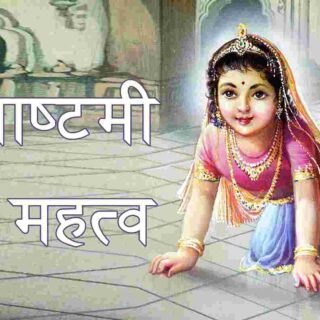On arrival tourist Visa – Modi Government is bringing many reforms in the country. One of such reforms is the huge step implemented to give a tremendous boost to the travel and tourism industry of the nation
There has been a constant argument among the authorities on the issue that providing an India visa on arrival should be the norm rather than the exception.
For evident reasons of impressive geography, awe inspiring history and extremely rich culture, India is an apt nation to become one of the world’s most favored tourist destinations.
Its potential has, however, been tapped quite vaguely. Given the tourism sector’s positive by-products on employment and earnings, we can certainly not let such a situation prevail. Anything that attracts tourists to India is worth pursuing.
Visa on arrival is one such thing, but definitely not the only one.
The government must also take productive steps to improve the tourism infrastructure and provide a greater sense of security to tourists, particularly women, among many other things.
As a norm, till now, the citizens of the following few countries are granted visa on arrival for a single stay up to 30 days in India when travelling as tourist or visiting family and friends
- Burma
- Cambodia
- Finland
- Indonesia
- Japan
- Laos
- Luxembourg
- New Zealand
- Philippines
- Singapore
- Republic of Korea
- Vietnam
This was applicable at the following airports: Bengaluru, Chennai, Delhi, Kochi, Kolkata, Mumbai, Hyderabad and Thiruvananthapuram. Visa on arrival allows only a single entry and is issued maximum of two times in a calendar year, with a minimum gap of 60 days between each visit.
Reformation of Rules
However, on 5th February 2014 it was decided to introduce visa-on-arrival and ETA (Electronic Travel Authorization) to tourists from 180 countries, largely due to the new possibilities provided by the Immigration, Visa and Foreigners’ Registration and Tracking (IVFRT) system. The decision was taken in a meeting convened by the Planning Commission that included representatives from the PMO, ministries of home affairs, external affairs and tourism. The system would not be a typical visa on arrival in order to avoid clutter at the airports, but a system an electronic system based on a “prior-online-applications” modeled after Australian Electronic Travel Authority system. This will facilitate an easy ETA (Electronic Travel Authorization) to the tourists visiting India. While Indian intelligence agencies had been resisting the relaxed visa regime due to security concerns, they have now agreed to the proposal.
Technical implementation, such as building the website for applications, is expected to take about 6 months and the authorities hope to have it in place for the tourist season beginning in last quarter of 2014. However the official date has not been announced as yet.
How and Where To Get It
For the Tourist Visa On Arrival, prospective visitors will have to pay a fee and the electronic version of the visa should be granted to them. However, nationals of following countries are excluded from the India Visa on Arrival program:
- Afghanistan
- Iran
- Iraq
- Nigeria
- Pakistan
- Somalia
- Sri Lanka
- Sudan
Visa-on-arrival at selected city airports initially
The extension of visa-on-arrival and Electronic Travel Authorization to citizens of 180 countries will be implemented initially at nine airports including
- Delhi
- Mumbai
- Kolkata
- Chennai
- Cochin
- Hyderabad
- Goa
- Trivandrum.
The facility is likely to be implemented by the end of the year.
Conditions for India Visa on Arrival
India Tourist-Visa-on-Arrival is subject to the following conditions:
Eligibility
Visa on Arrival is extended to those:
- Whose sole objective of visiting India is recreation, sightseeing, casual visit to meet friends or relatives etc and no other purpose/ activity
- Who does not have a residence or occupation in India
- Who holds a passport with minimum six months validity, and a re-entry permit if that is required under the law of the country of nationality of the applicant
- Who is a person of assured financial standing (the production of a return ticket and availability of sufficient money to spend during his stay in India may be considered sufficient for this purpose).
- Who is not a person-non-grata to the Government of India
- Who is not considered an undesirable person and is not the subject of a black list or any warning circular or other restrictive list
Validity
India Visa on Arrival is available for a 30-day period from the date of the tourist’s arrival in India for a single entry only, subject to conditions specified.
Conditions for Tourist Visa-on-Arrival
- Tourist Visa-on-Arrival shall be non-extendable and non-convertible. At the time of issue of Tourist Visa-on-Arrival, the Immigration officer must make it clear to the foreigner that a Tourist Visa-on-Arrival can neither be extended nor converted to any other kind visa during his/her stay in India except in the following circumstances and with the prior approval of the Ministry of Home Affairs
- Tourist Visa-on-Arrival may be converted to ”X” (Entry) Visa if a foreigner who has come to India on Tourist Visa-on-Arrival marries an Indian national during the validity of his/her Tourist Visa-on-Arrival. Such conversion would be considered subject to fulfillment of following conditions
- Submission of a copy of a Registered Marriage Certificate, and
- Report from the concerned FRO/FRRO about their marital status which will, inter-alia, include his/her antecedents, confirmation about their living together and security clearance.
- Tourist Visa-on-Arrival of the foreigners who fall ill after their entry into India rendering them unfit to travel and require specialized medical treatment may be converted to Medical visa if they are eligible for grant of Medical Visa and medical certificate is obtained‚ from the government / government recognized hospitals. In such a case, Tourist Visa-on-Arrival of the attendant accompanying the foreigner (whose Tourist Visa-on-Arrival is converted to Medical Visa) may also be converted into Medical Attendant [Med-X] visa co-terminus with the Medical visa of the Foreigner.
Fee for Tourist Visa-on-Arrival
A fee of US $60/- or an equivalent amount in Indian Rupees per passenger (including children) is charged from each foreigner for the grant of Tourist Visa-on-Arrival.
Repeat Visit
Tourist Visa-on-Arrival shall be allowed for a maximum of two times in a calendar year to a foreigner with a minimum gap of two months between each visit.
Diplomatic / Official Passports
The Tourist Visa-on-Arrival facility shall not be applicable to holders of Diplomatic/ Official passports.
To conclude, we must say that it is a move worth appreciating and it will definitely enhance Indian tourism in a big way. The program is expected to escort a major revamp of India’s tourist visa system. The model likely to be put in place will do away with the need to visit an Indian Mission every time there is a need to travel, but will require tourists to make an online application before their departure.
The Bureau of Immigration already in the process of setting up the required infrastructure and the website for this, whereby, upon submission of an application, an electronic visa/travel authorization can be obtained within 2-3 days, allowing the tourist to enter India and also facilitate easier verification at airports.
Achche din ab aane hi wale hain shaayad 🙂





